Greg Curnoe (1936–1992) used circles in various ways throughout his career: as a monoprint (made by inking a long-playing record and pressing it on paper in 1962), as coloured shapes in many paintings, as wheels in his bicycle works of the 1970s, and later as colour wheels like this one.
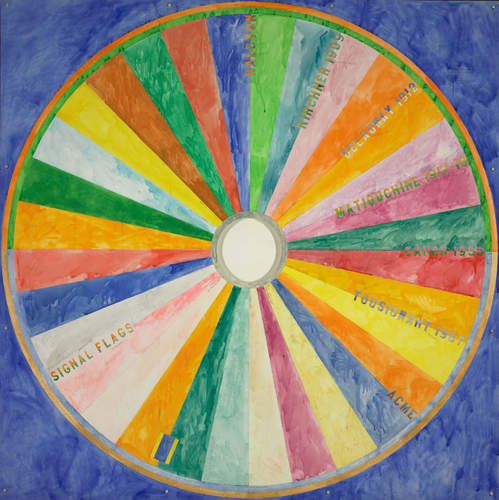
Watercolour and graphite on paper, 189 x 189 cm, National Gallery of Canada, Ottawa
With Large Colour Wheel Curnoe pays tribute to his antecedents in the study of colour by naming them in chronological order with the date of a significant work: KIRCHNER 1909, DELAUNAY 1912, MATIOUCHINE 1917–18, CAHEN 1955, and TOUSIGNANT 1967. He liked to collect unusual words, and here are HALCYON (calm, peaceful) placed between green and blue, both colours associated with the word, and ACME (perfect) between the perfect complements, blue and orange. SIGNAL FLAGS refers to his series of maritime flags, which used colours that could be easily distinguished at sea.
In 1855, French chemist Michel Chevreul had developed a seventy-two-part colour wheel to describe what he called “simultaneous contrast,” the effect on perception of juxtaposed colours, especially complementary colours. Curnoe’s colour wheel is his own unscientific version, which plays with the juxtaposition of colours, sometimes complementary, sometimes not. A hole has been carefully cut in the centre of the wheel, so that one looks right through to the wall.
This Spotlight is excerpted from Greg Curnoe: Life & Work by Judith Rodger.
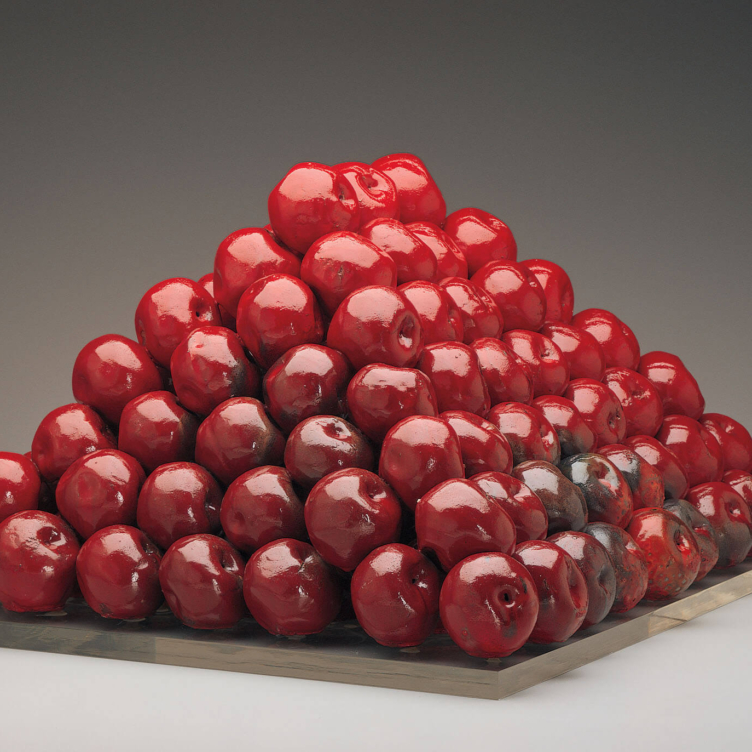 Pyramid Scheme
Pyramid Scheme
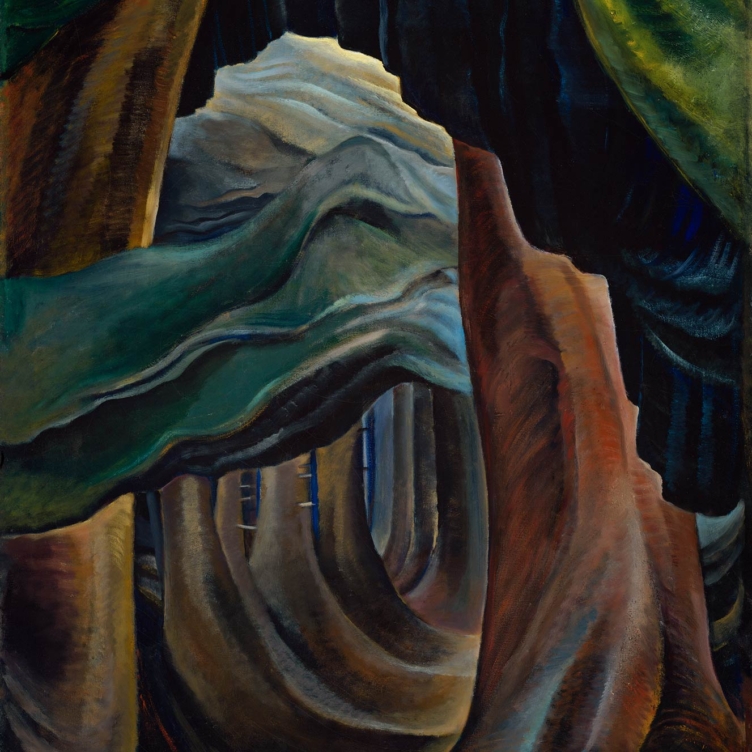 Transportive Trunks
Transportive Trunks
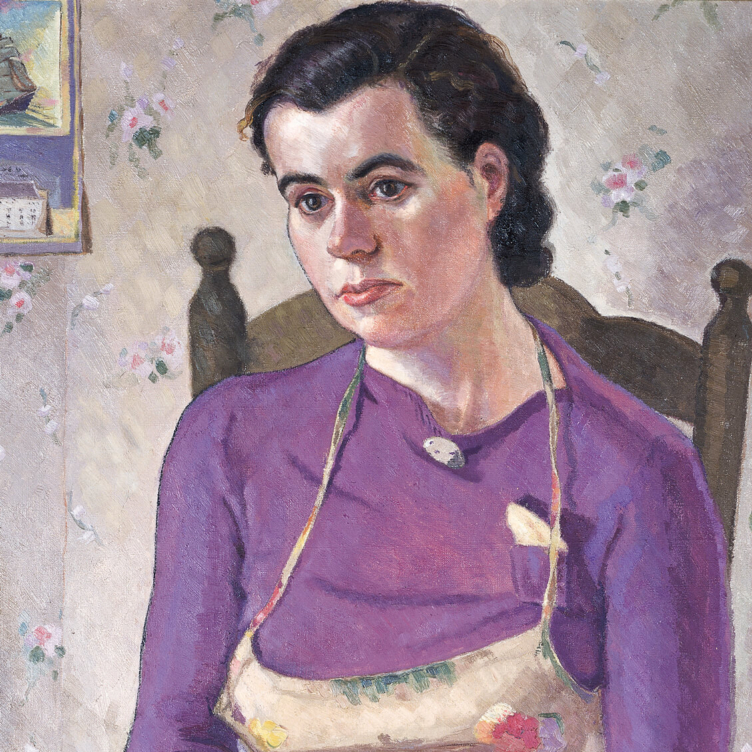 The Military Mate
The Military Mate
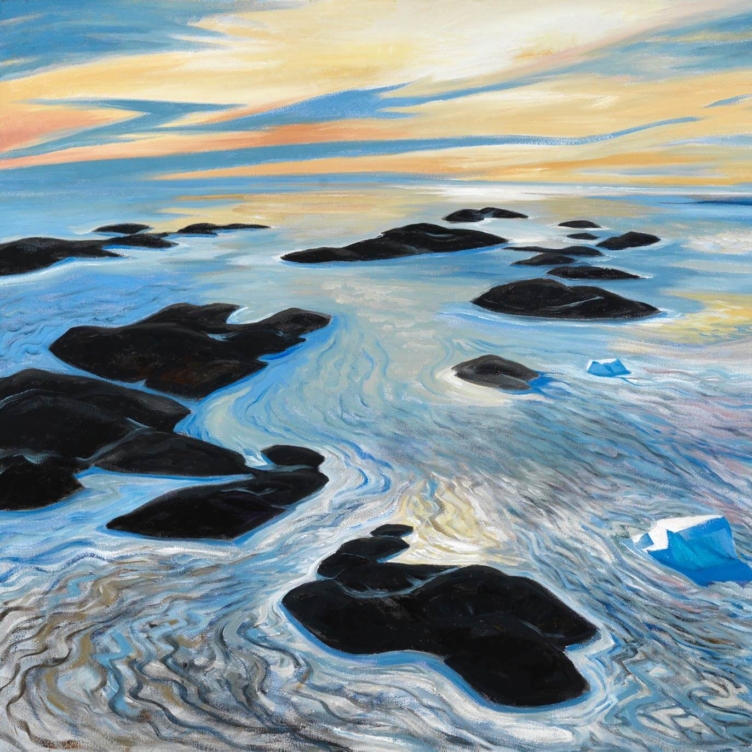 Looking Up on the World
Looking Up on the World
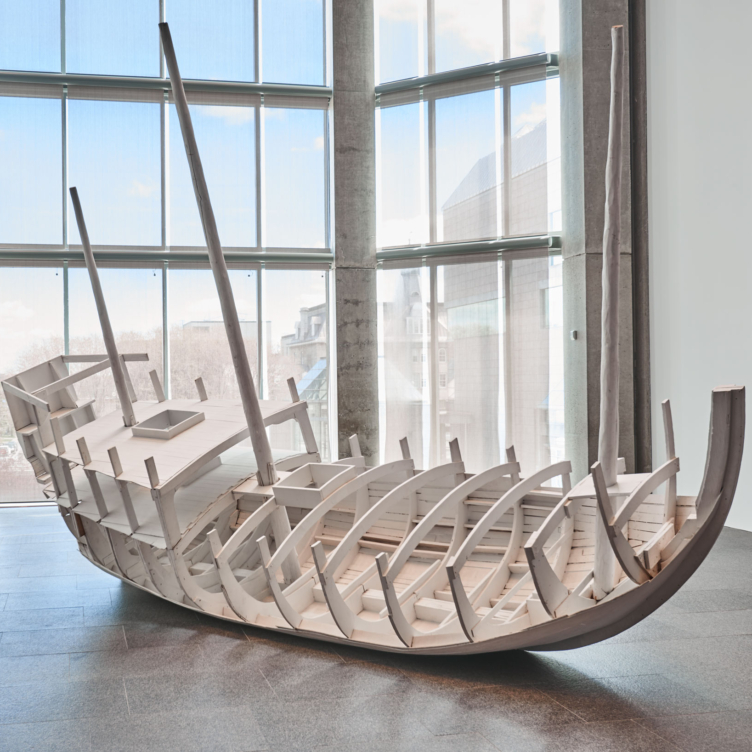 Vessel of Despair
Vessel of Despair
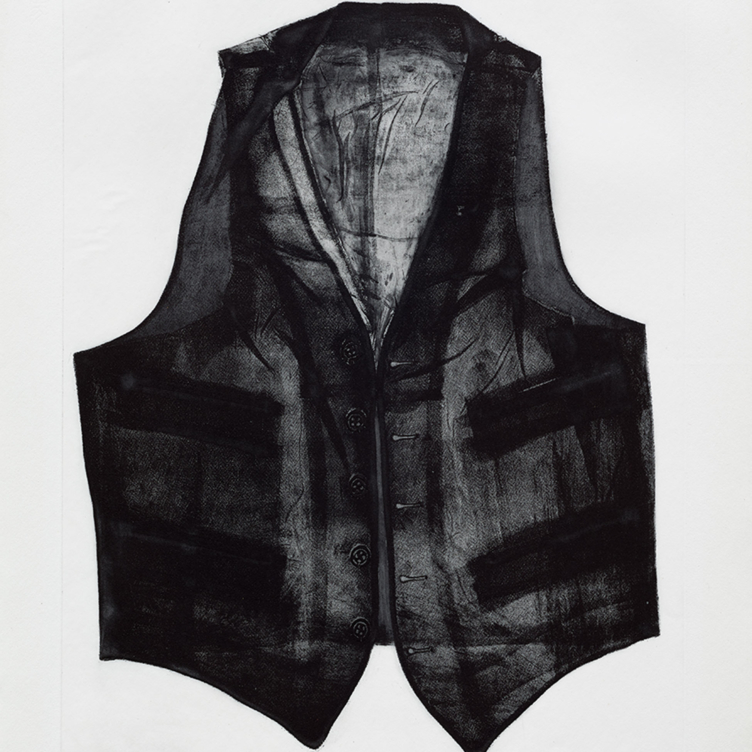 Layers of Meaning
Layers of Meaning
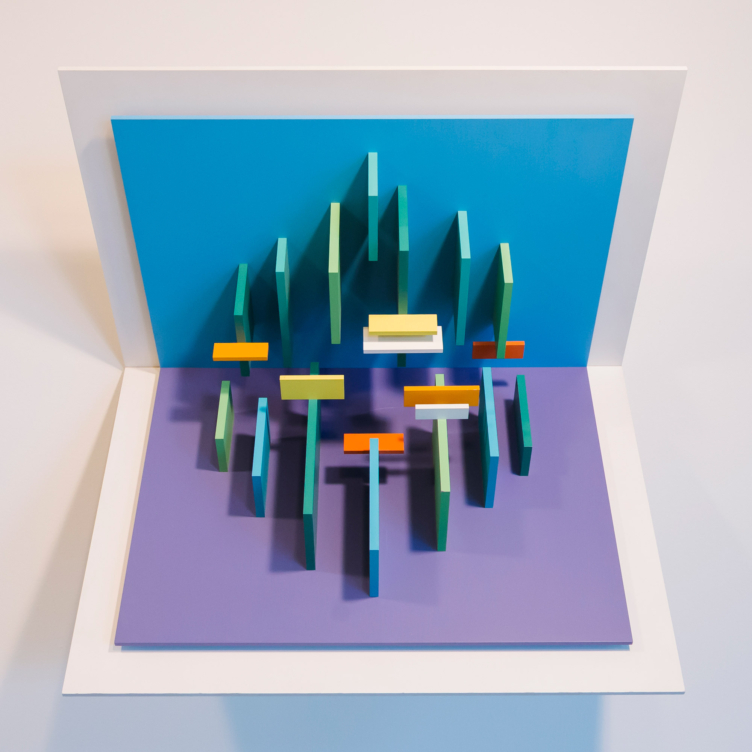 In Parallel to Nature
In Parallel to Nature
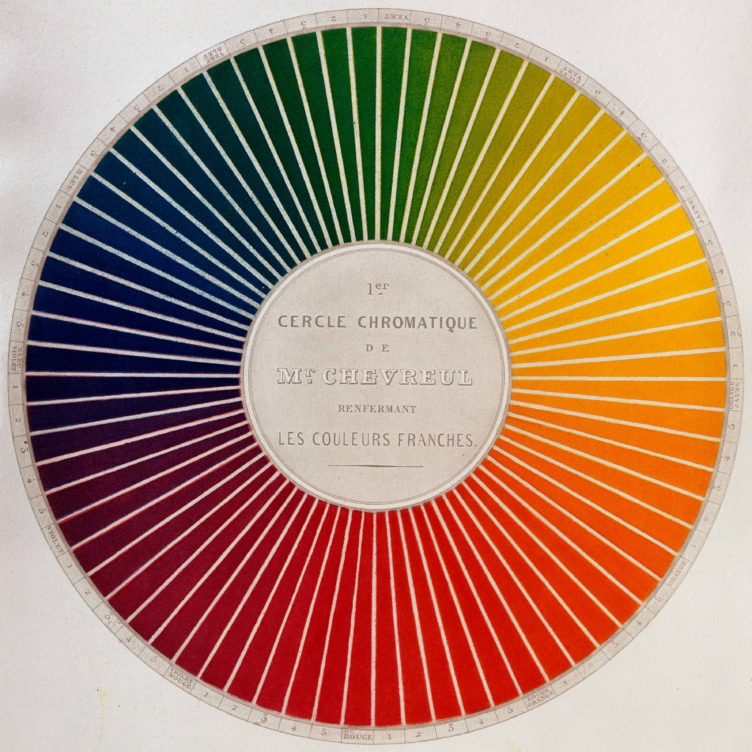 Wheel of Fortune
Wheel of Fortune
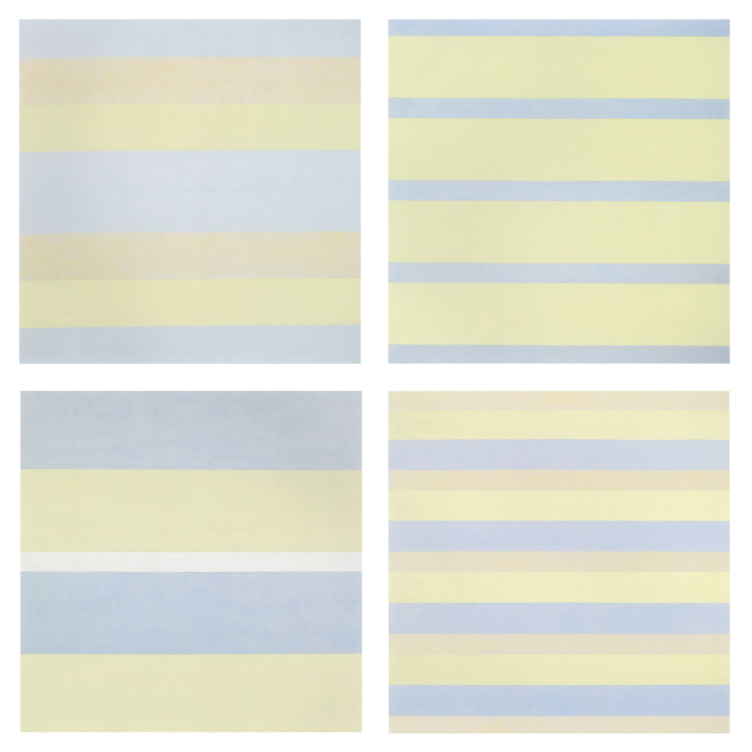 Paintings after emotional states
Paintings after emotional states
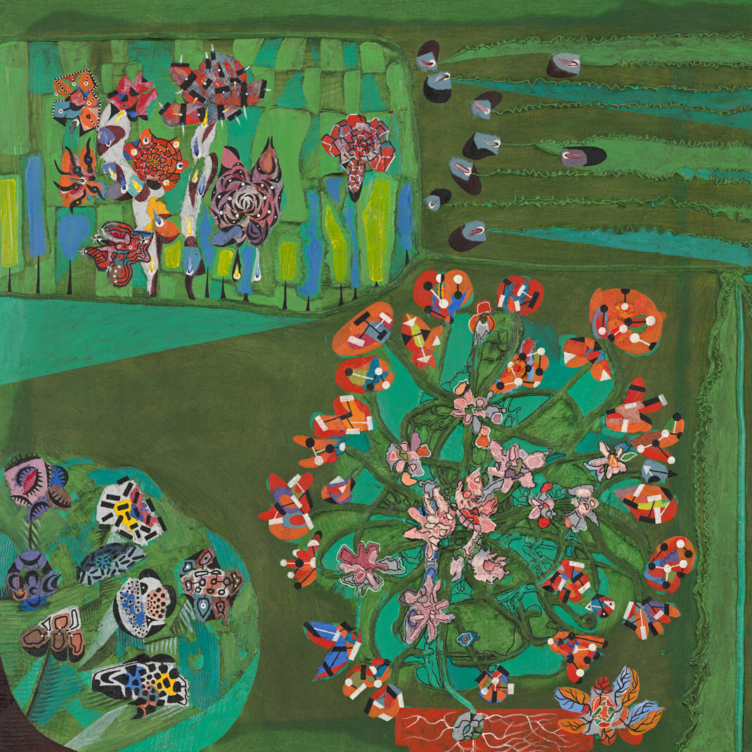 Garden of Delight
Garden of Delight
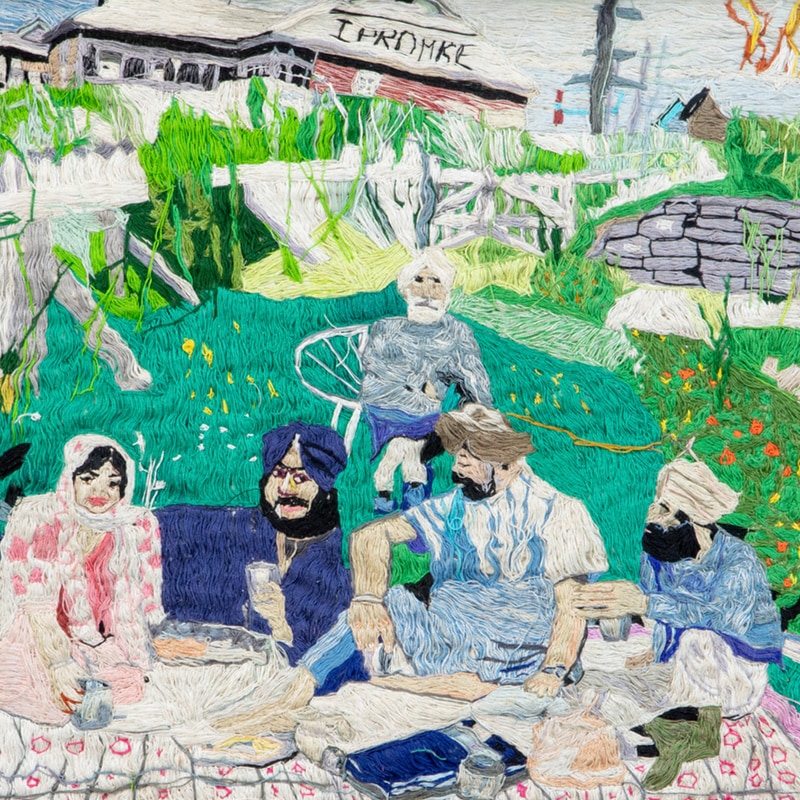 Stitching the Archives
Stitching the Archives
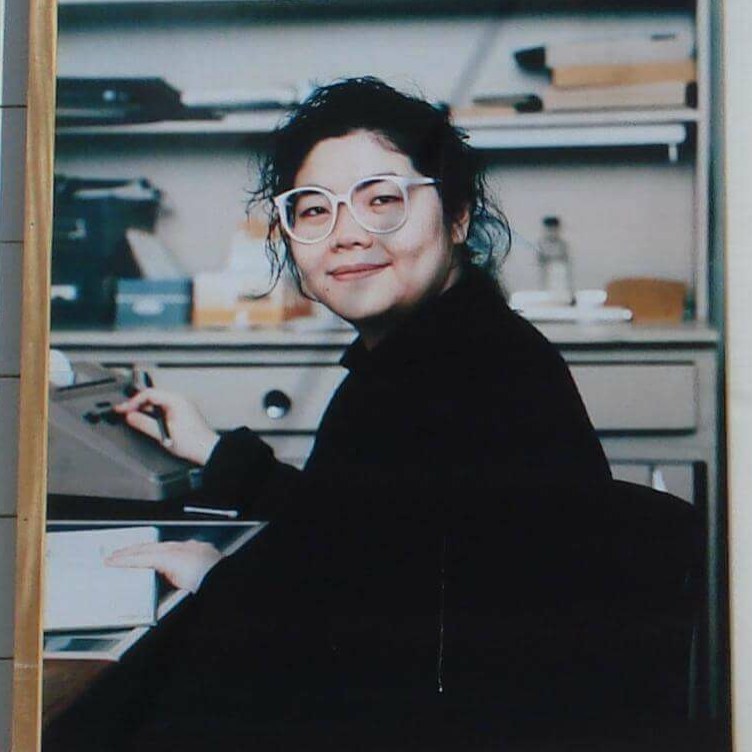 A Working-Class Hero
A Working-Class Hero
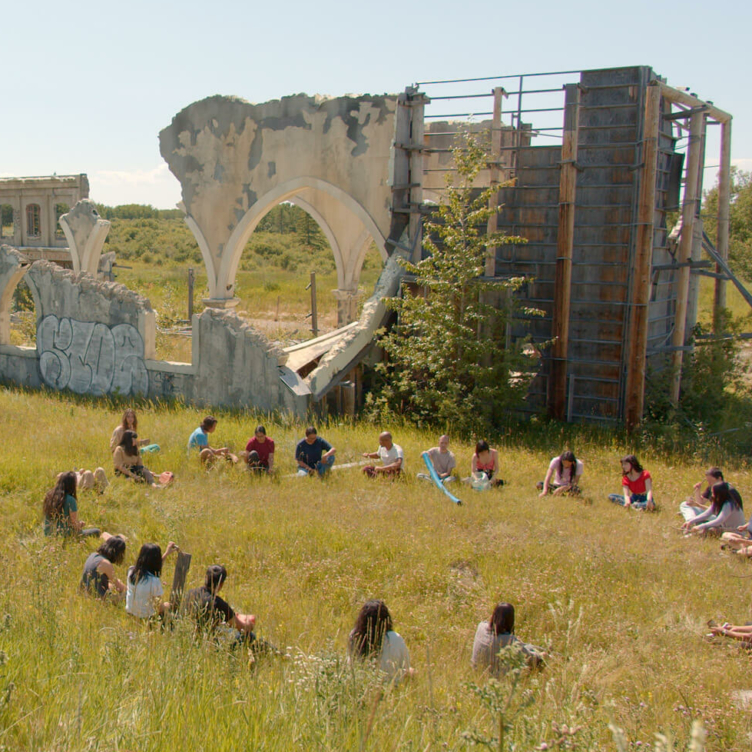 Imagining Entangled Futures
Imagining Entangled Futures
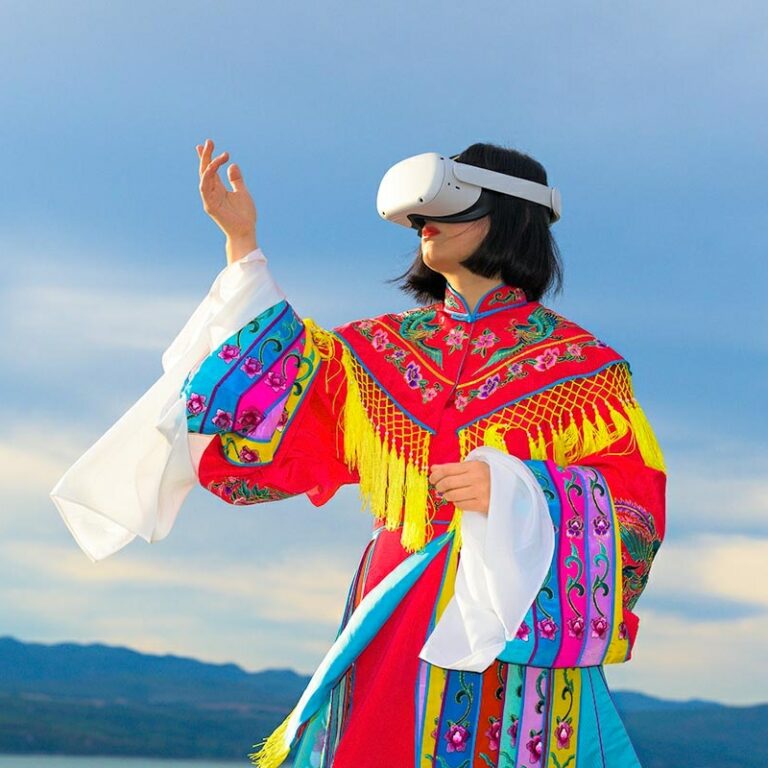 Bridging Far and Near
Bridging Far and Near
 Soft Power
Soft Power
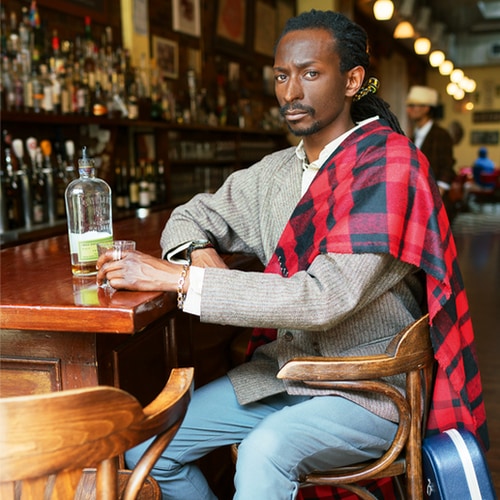 Imagining Emancipation
Imagining Emancipation
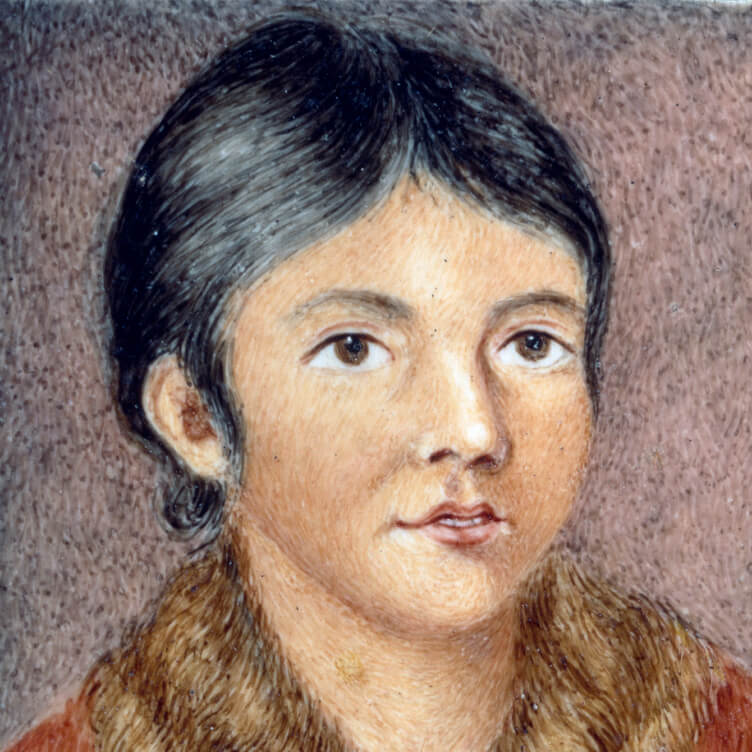 A Priceless Portrait
A Priceless Portrait
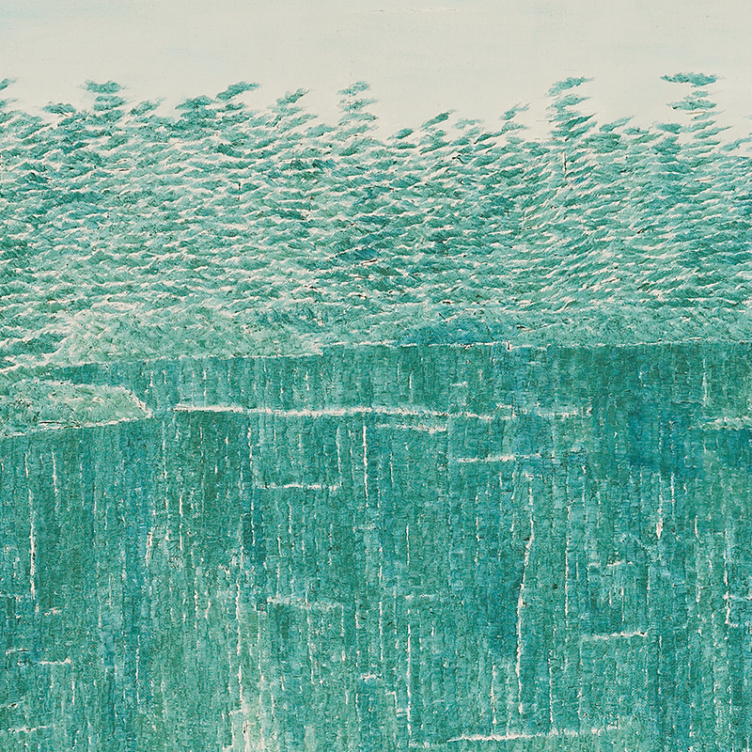 Meditation in Monochrome
Meditation in Monochrome
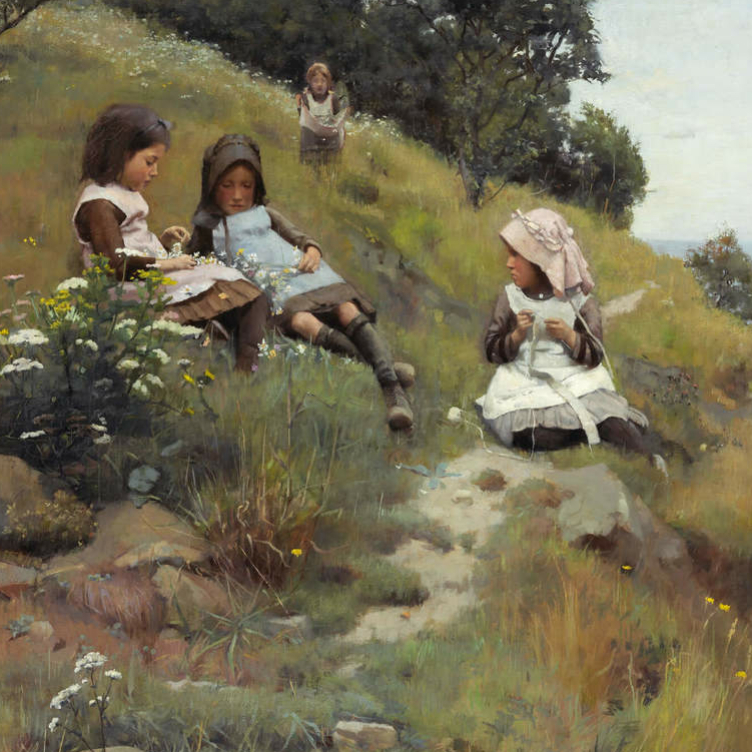 Making His Mark
Making His Mark
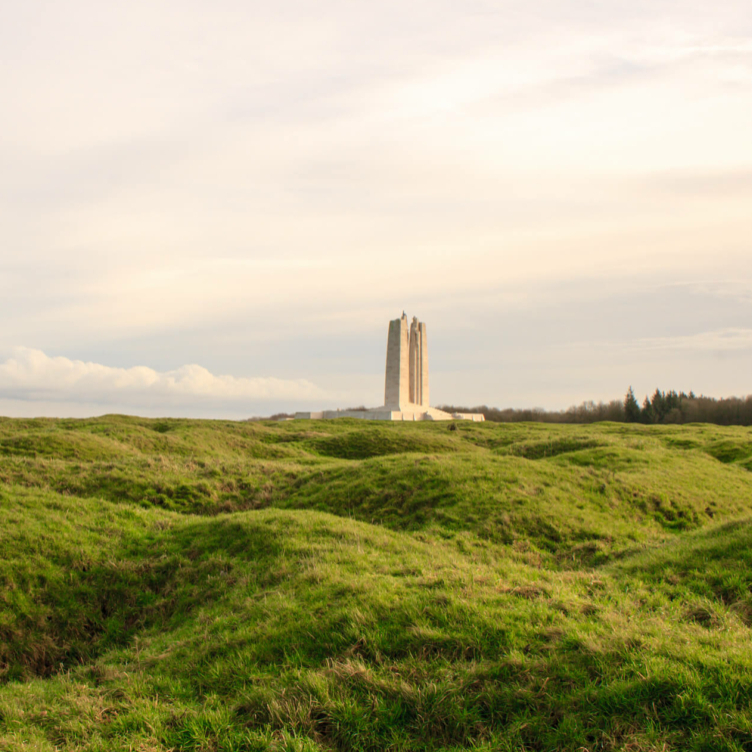 Honour and Sacrifice
Honour and Sacrifice